How to get the most from your plug-in hybrid
Tip 1: Charging
Charge your car for ultra-low emissions
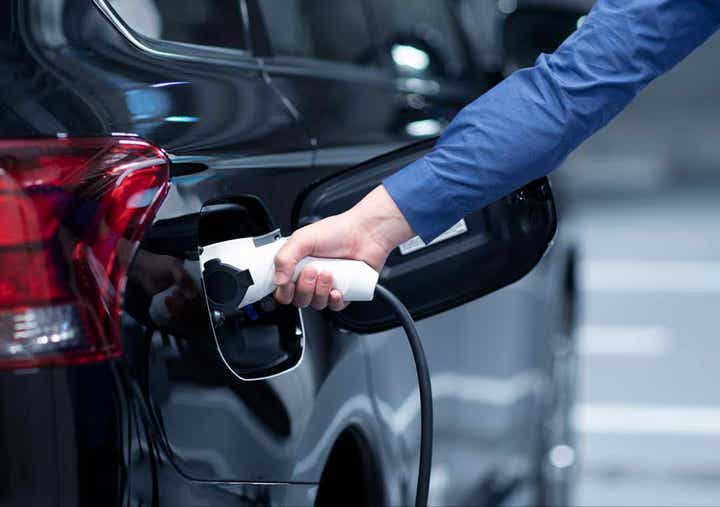
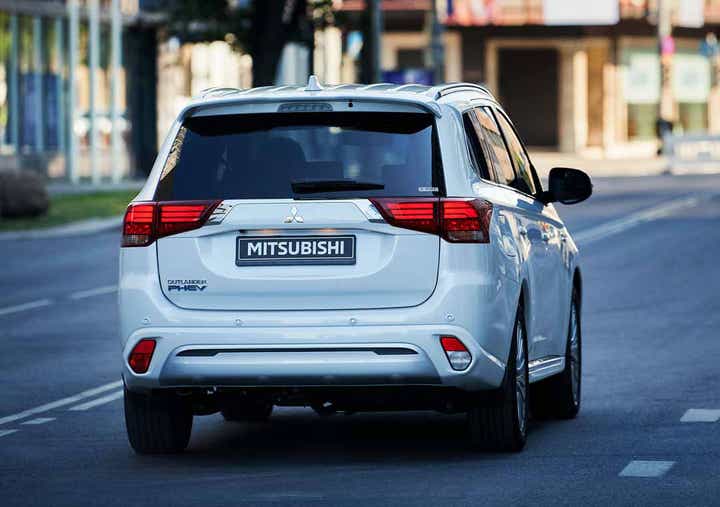
The same commute for so much less
Tip 2: Driving
Optimise the way you drive
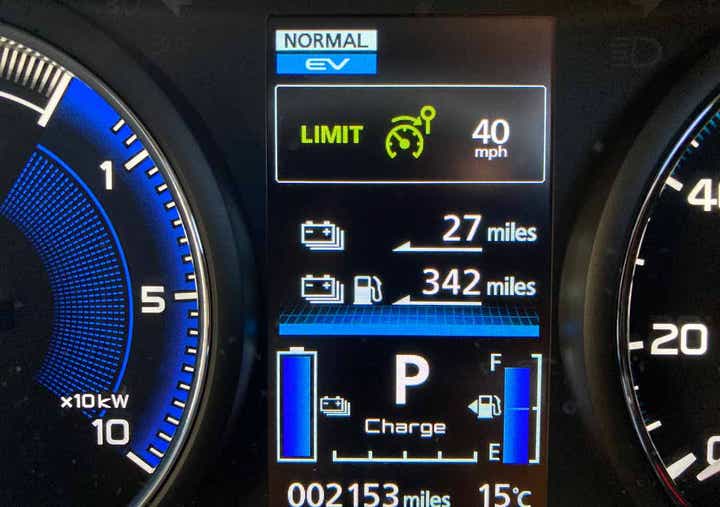
Slow is smooth…
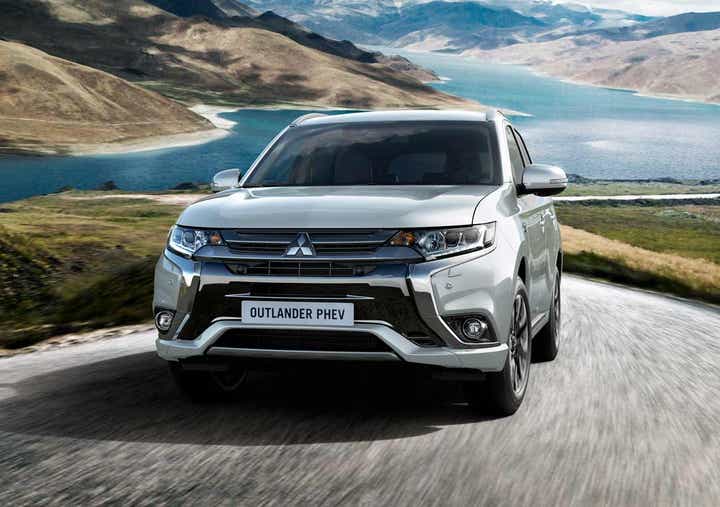
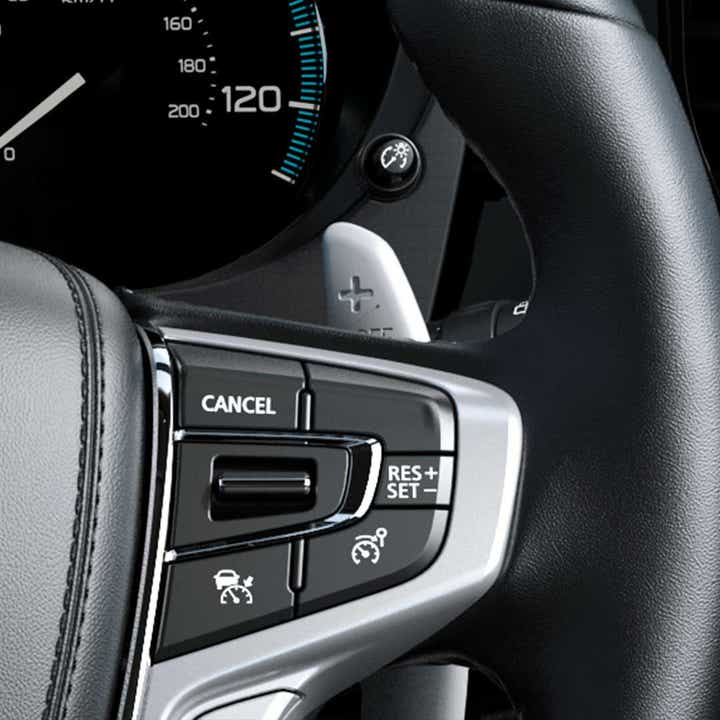
Regenerative Braking
Tip 3: Saving your Charge
Choose when to drive on electricity
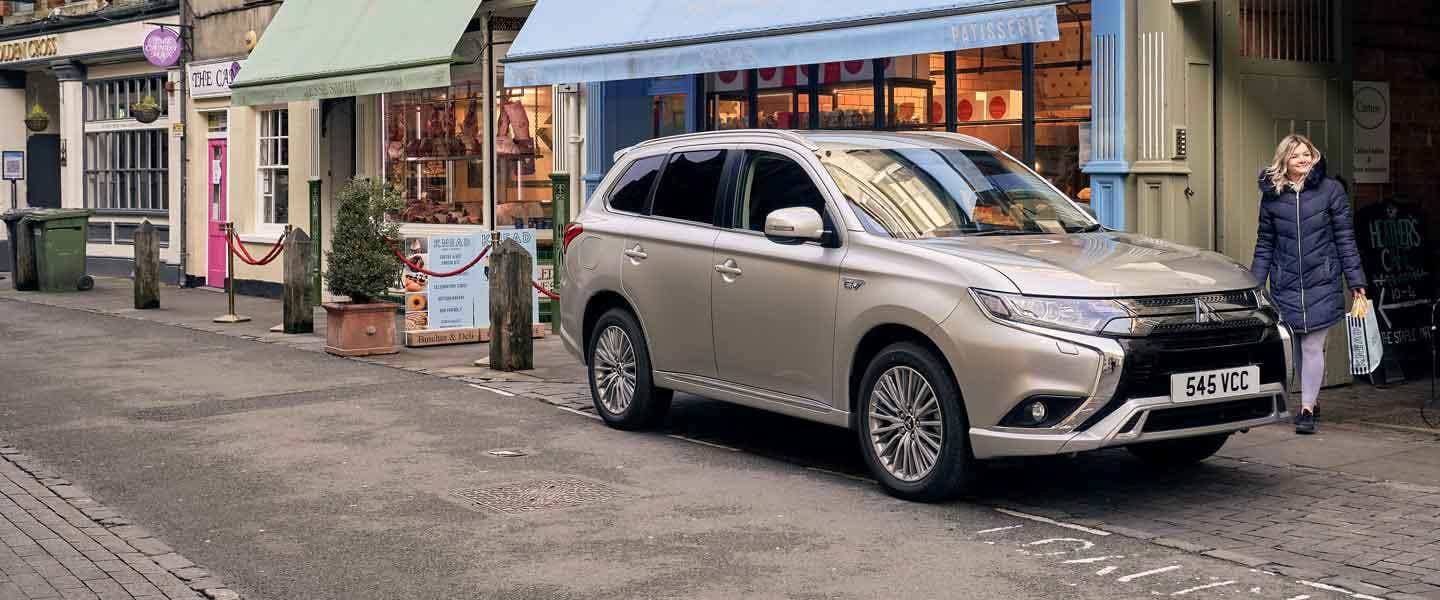
Your journey, your way
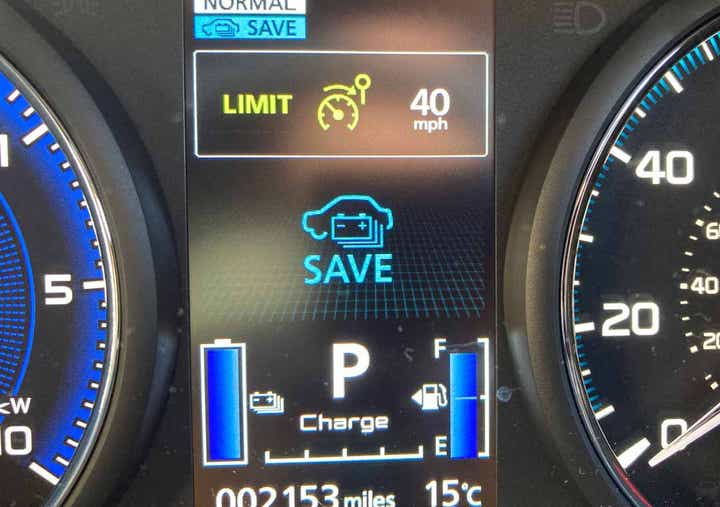
Tip 4: EV Driving
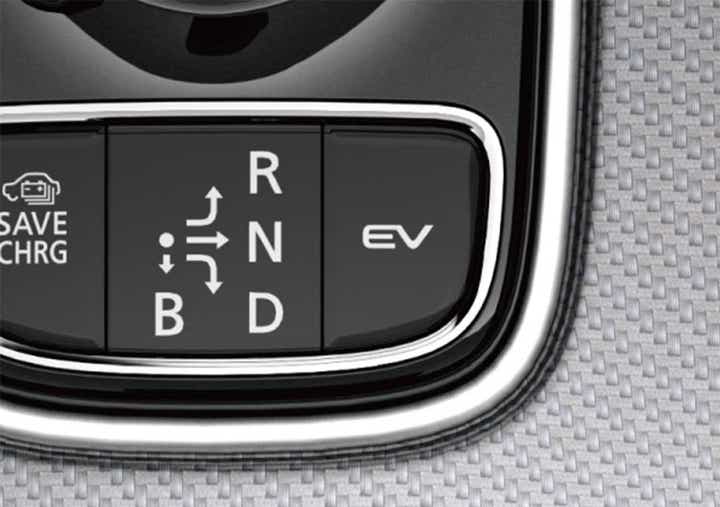
You decide when EV is best
Outlander PHEV also lets you tell it to drive solely on electric power, so if you know you’re only driving a few miles, hit the EV button and the car won’t switch to petrol until the battery is empty.
Tip 5: Travelling Longer Distances
How to be efficient on longer journeys
Re-charging on longer journeys is getting easier and easier with charge stations popping up in supermarkets, shopping malls and service stations across the UK and Europe. A little planning can go a long way.
If you’re staying somewhere overnight, take your charge cable with you and plug-in where you’re staying.

Why choose a Plug-In Hybrid?
The true power of a plug-in hybrid lies in its ability to offer the best of both the alternatives, giving you the longer range and more convenient refuelling of a petrol car with the ultra-low emissions potential of electric.
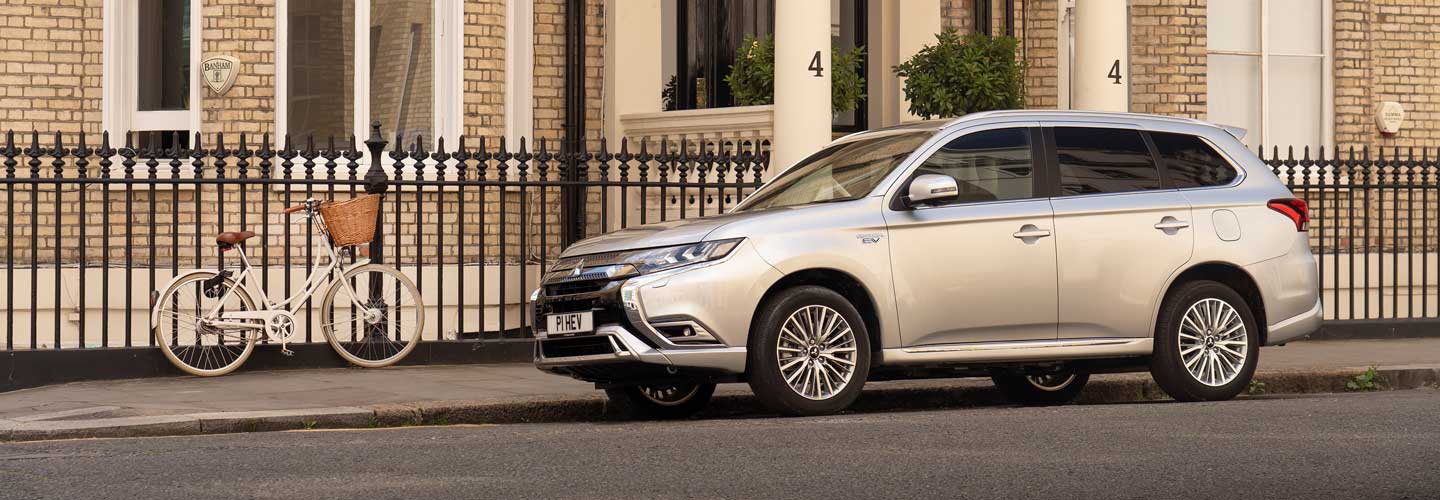
Not all hybrids are created equal
